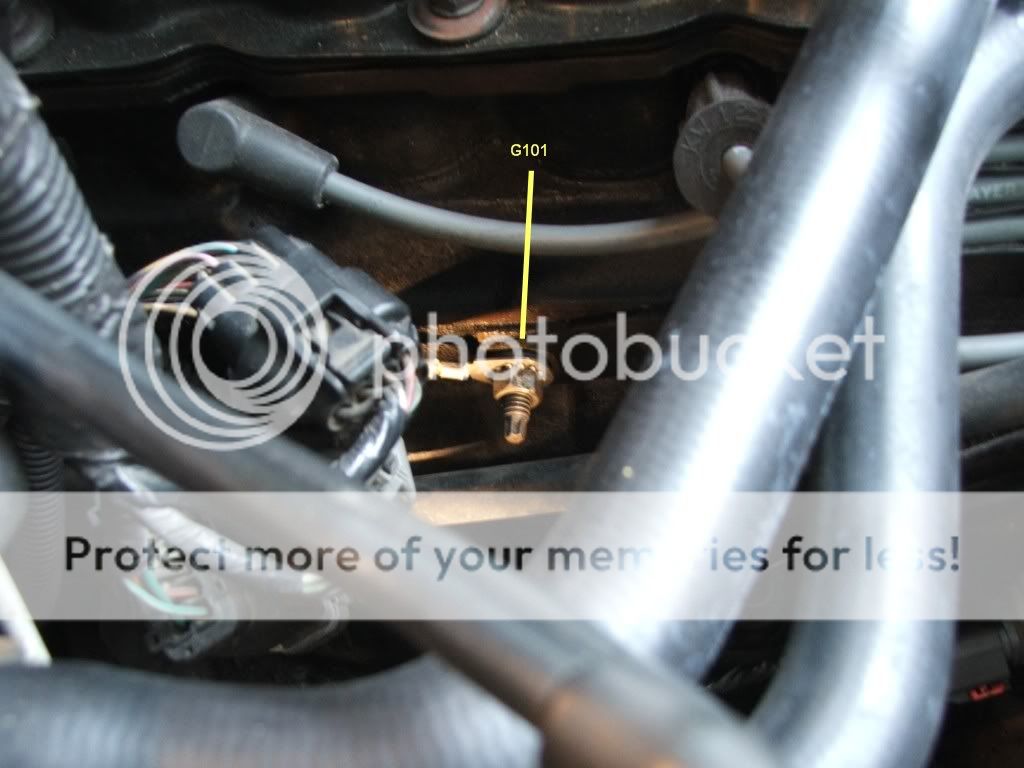SteveX82
NAXJA Forum User
- Location
- Beachwood, NJ
Long story short, I need some help troubleshooting a P0171 code in the '97 XJ that I just picked up. Gas mileage is awful and the exhaust is black, so it's obvious that the sensor is falsely reporting a lean condition when things are actually quite rich.
Here's what I know so far:
Thanks in advance for your help!
Here's what I know so far:
- The exhaust manifold was cracked near the collector, so I installed a new header with a new gasket. I also got a new o2 sensor for the heck of it, as I figured the original 215k mile one was past it's prime.
- Unplugging the o2 sensor smooths out the idle immediately. Within 15-30 seconds of plugging the sensor back in, the idle goes to hell again. This seems to say other sensors are good.
- With KOEO, both heater and sensor grounds are ~0.4ohms. KOEO signal supply is ~4.04v, which is odd because I expected to see closer to 5v.
- With KOER, signal supply starts around 4v but slowly drops during the first couple of minutes of runtime as the engine warms up. It eventually drops to negative .450v or so, where it then fluctuates +/- .050v for a few minutes. After another minute or two, the voltage spontaneously changes to negative .050v and the engine starts loading up on fuel.
Thanks in advance for your help!

